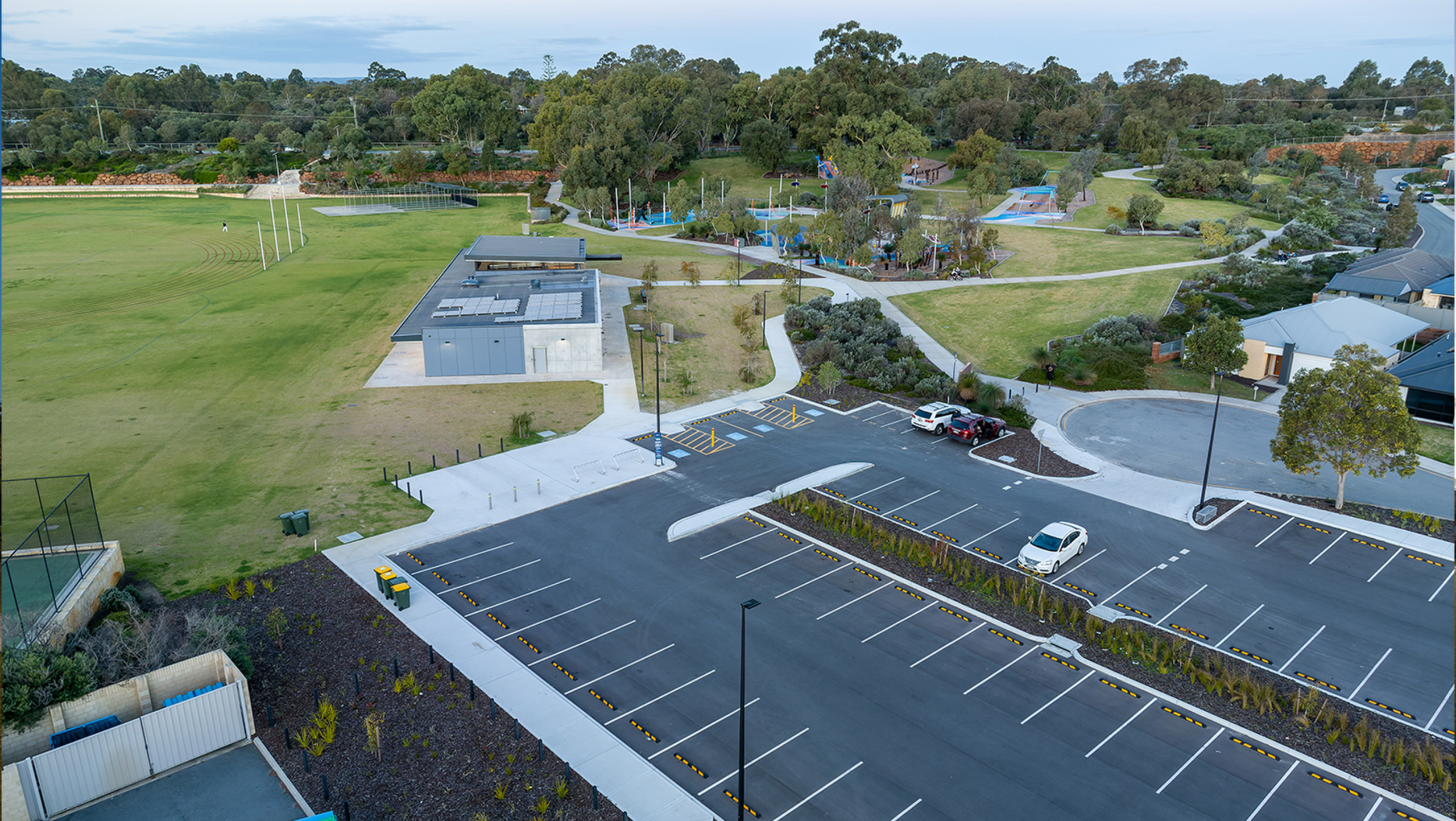
| Completion Date: | 30/11/2022 |
| Category: | Government |
| Client: | City of Kwinana |
| Location: | Litoria Drive, Wandi WA, Australia |
| Contract Value: | $3,065,000+ GST |
| Architect: | Donovan Payne Architects |
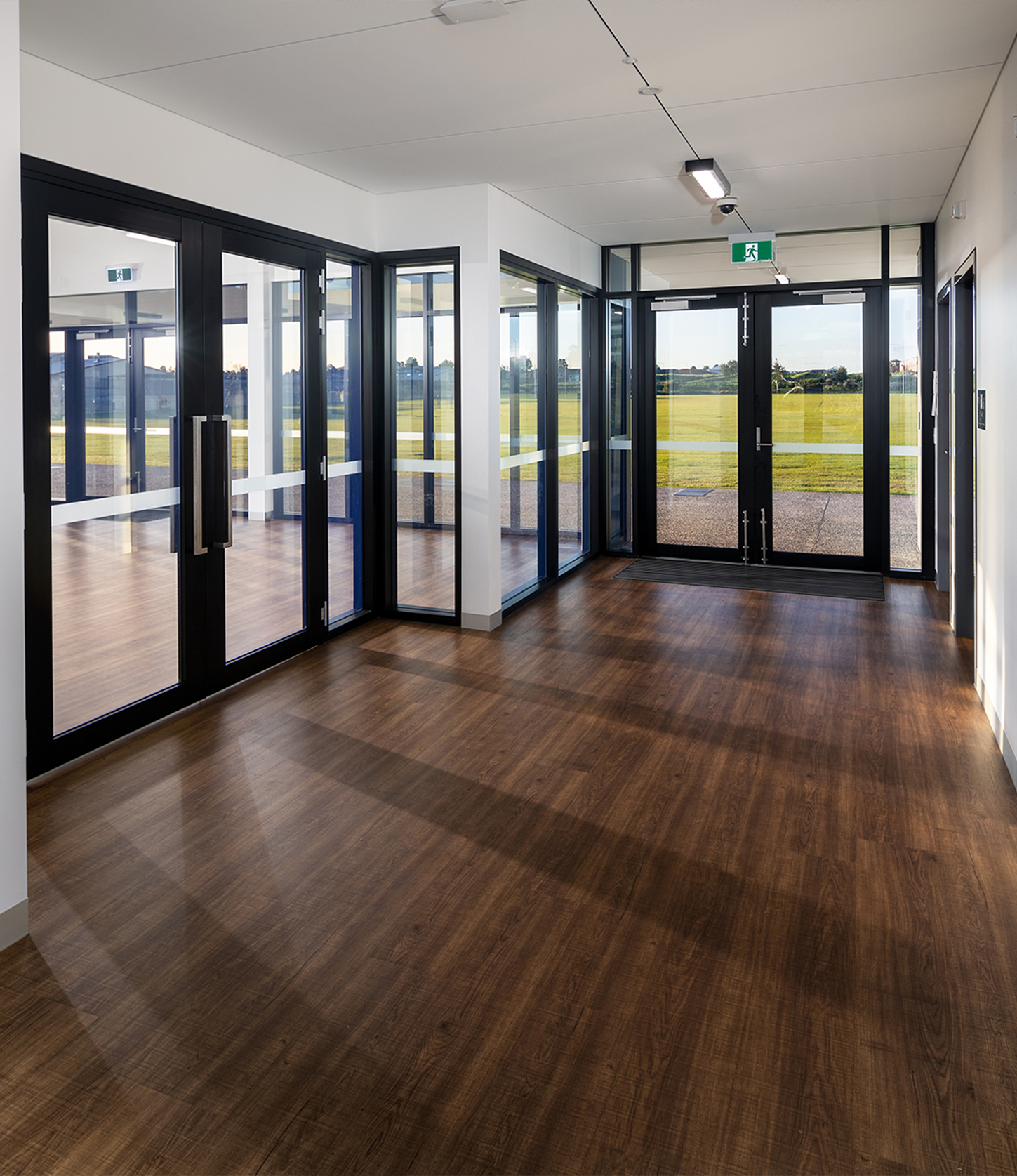
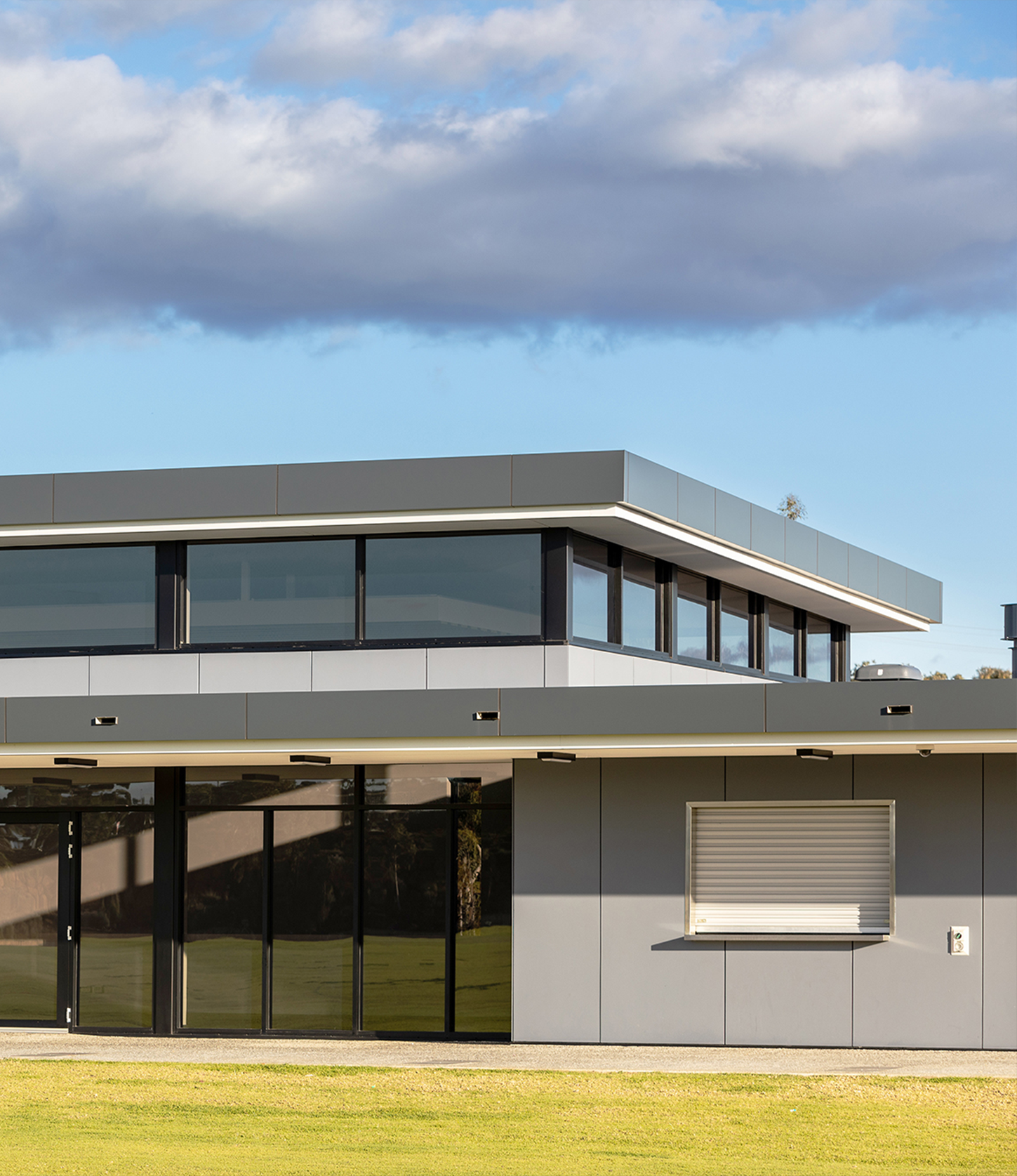

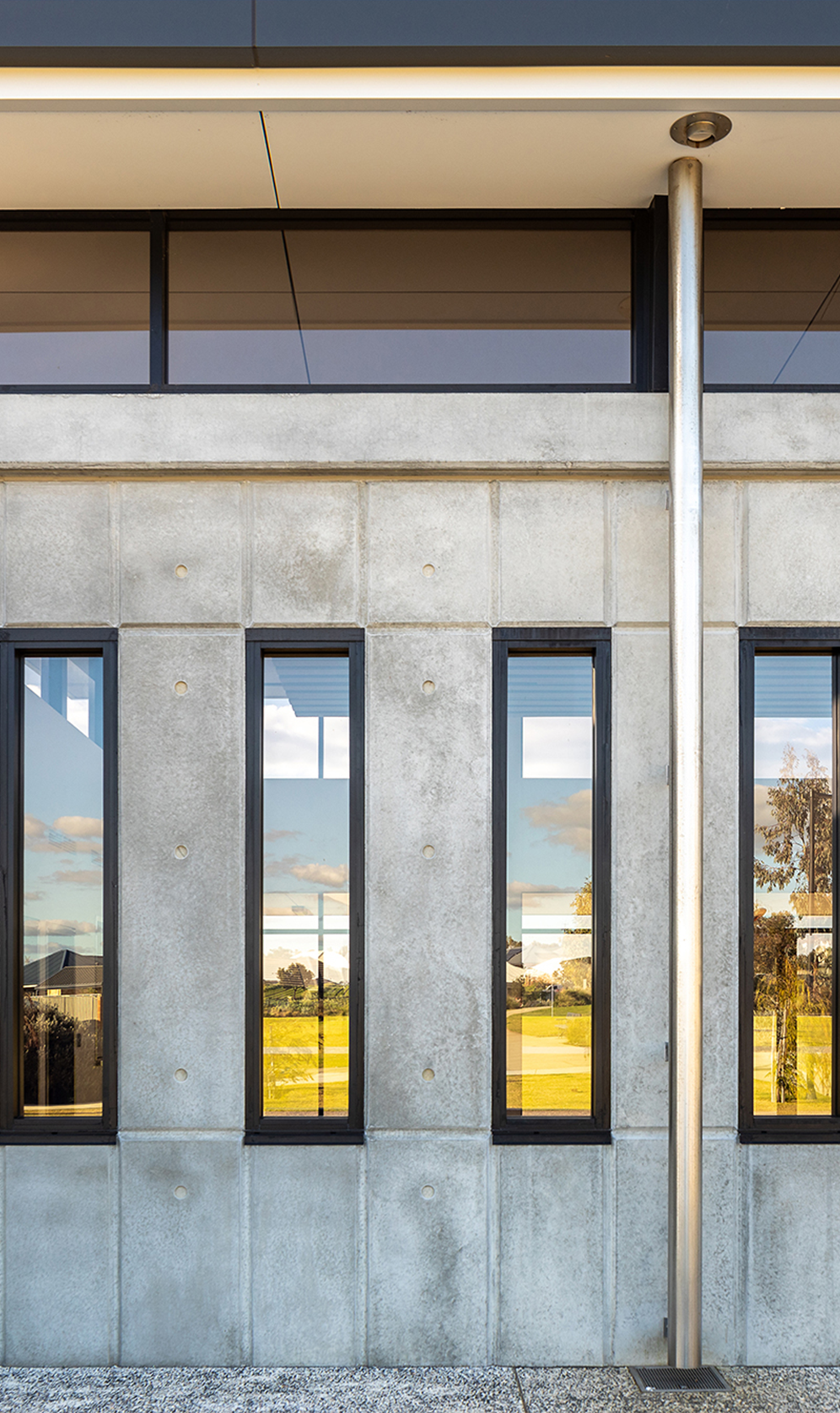
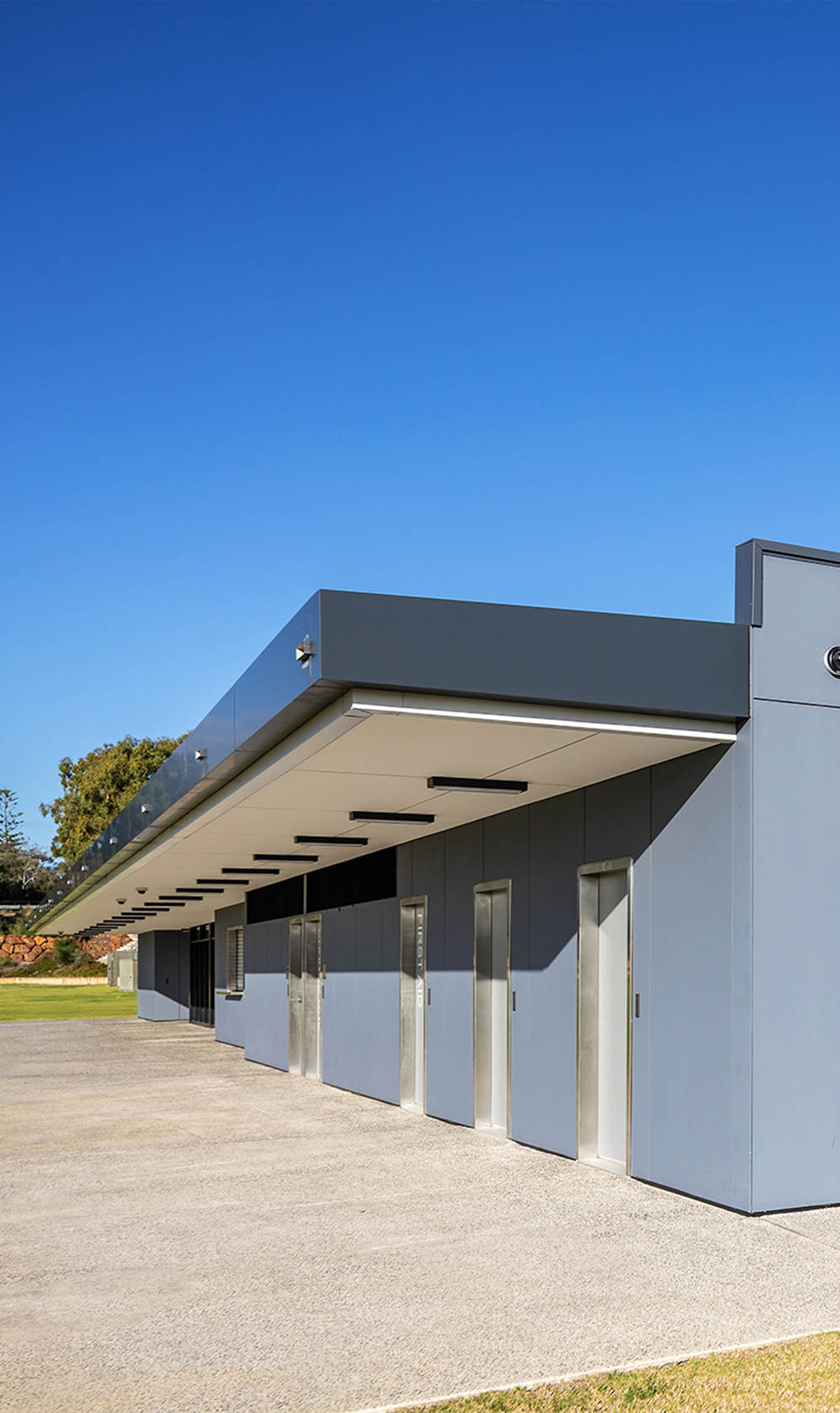
Facility Overview
Construction of the Honeywood Community Pavilion & Carpark
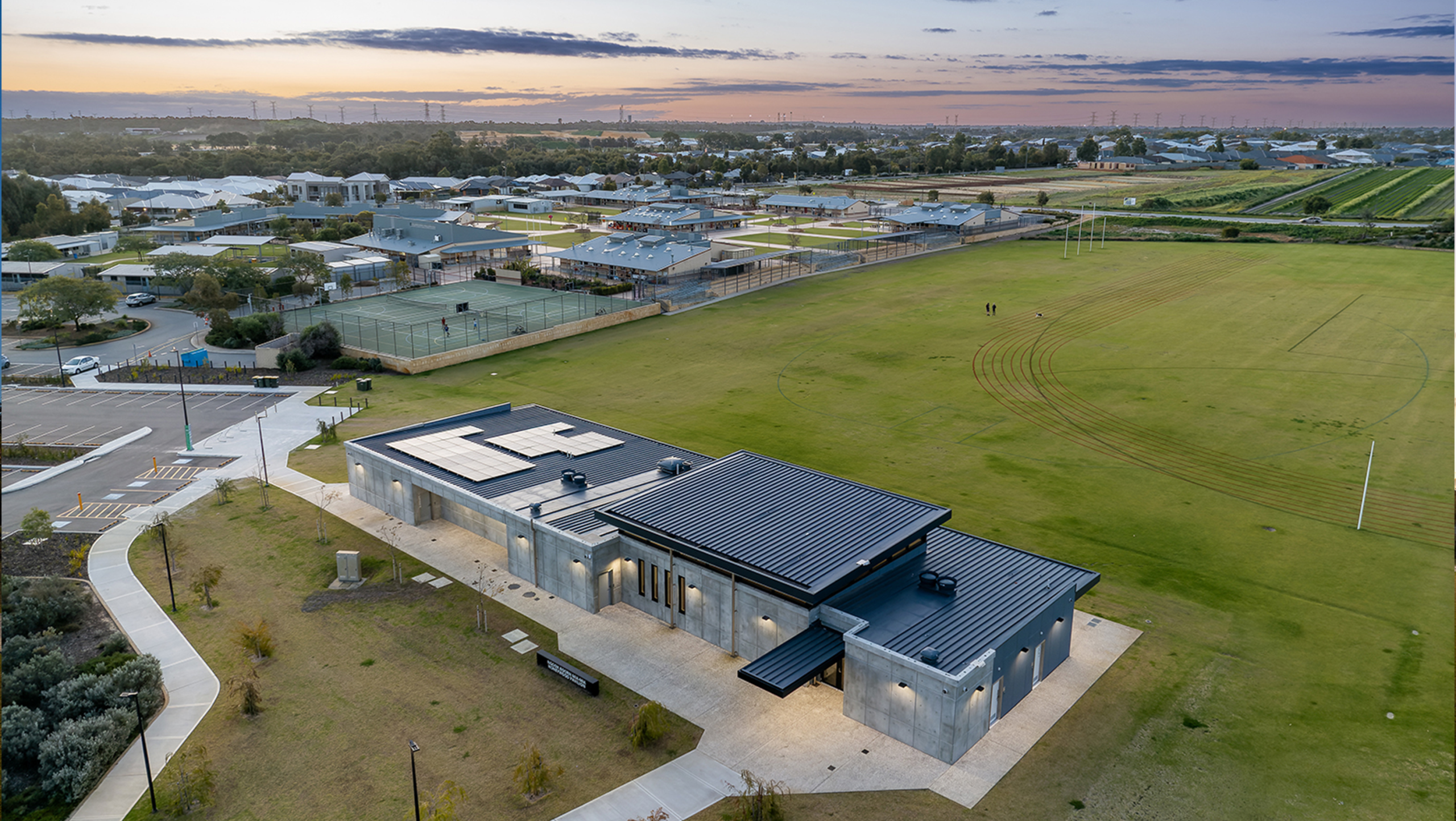
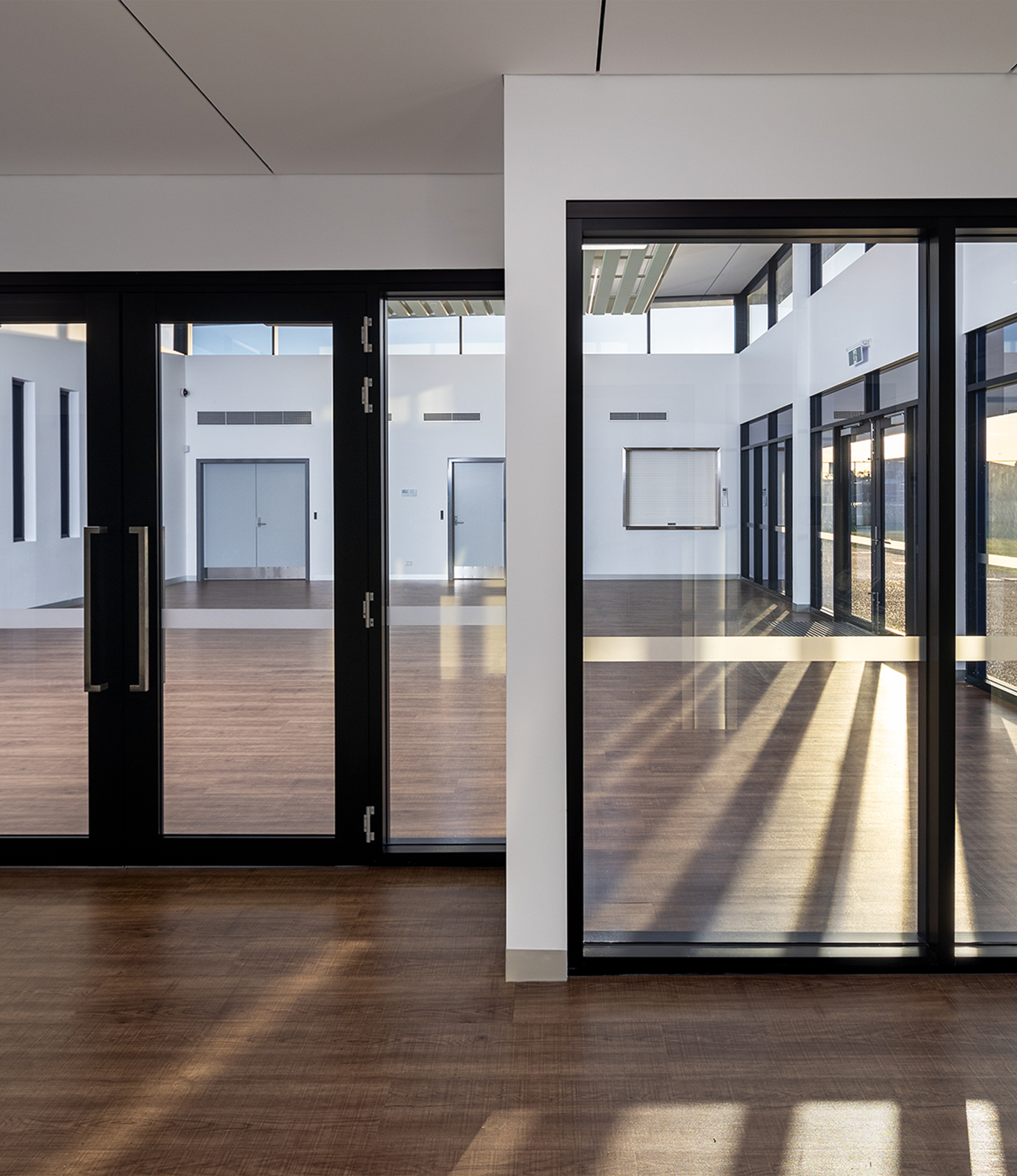
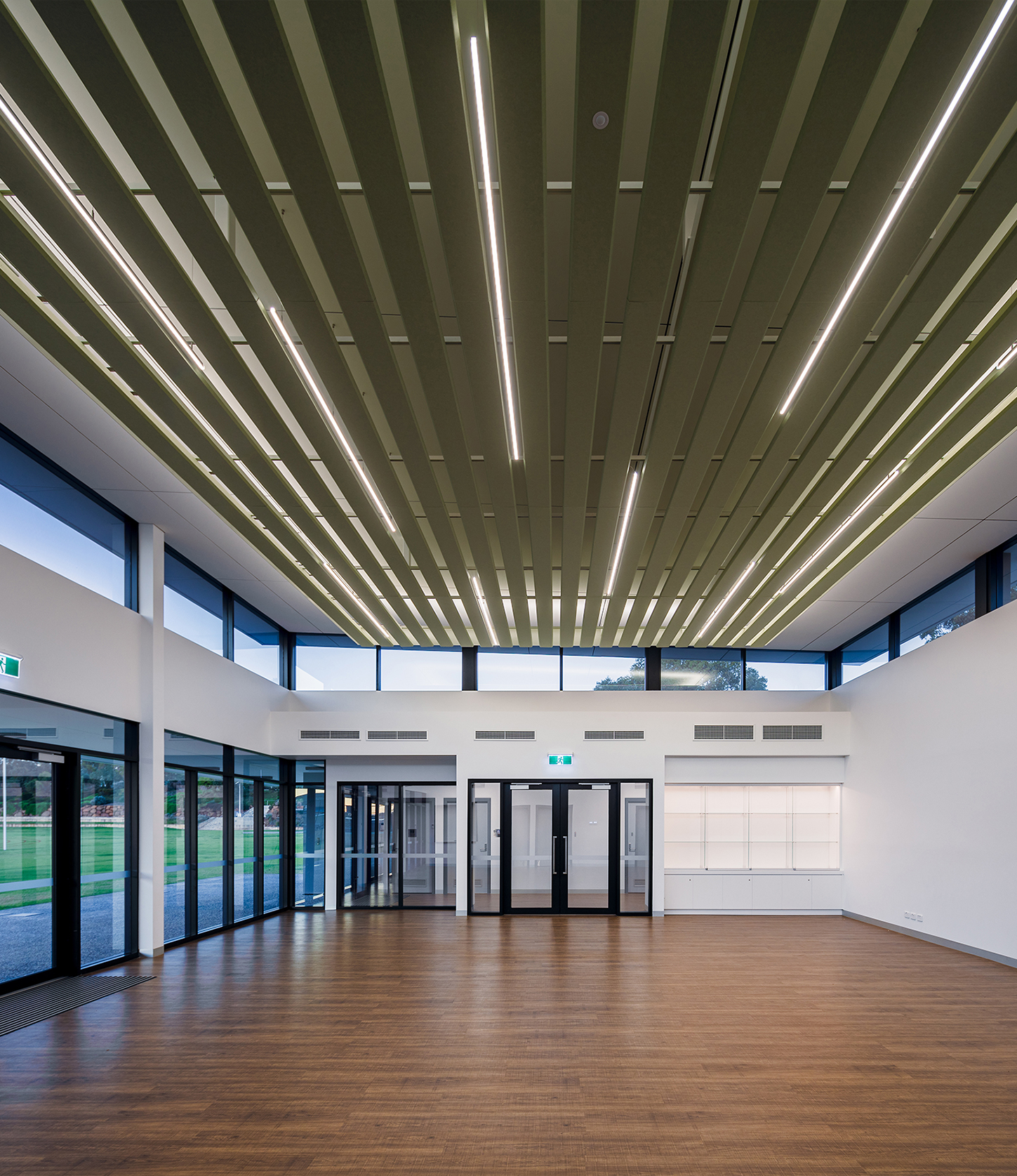
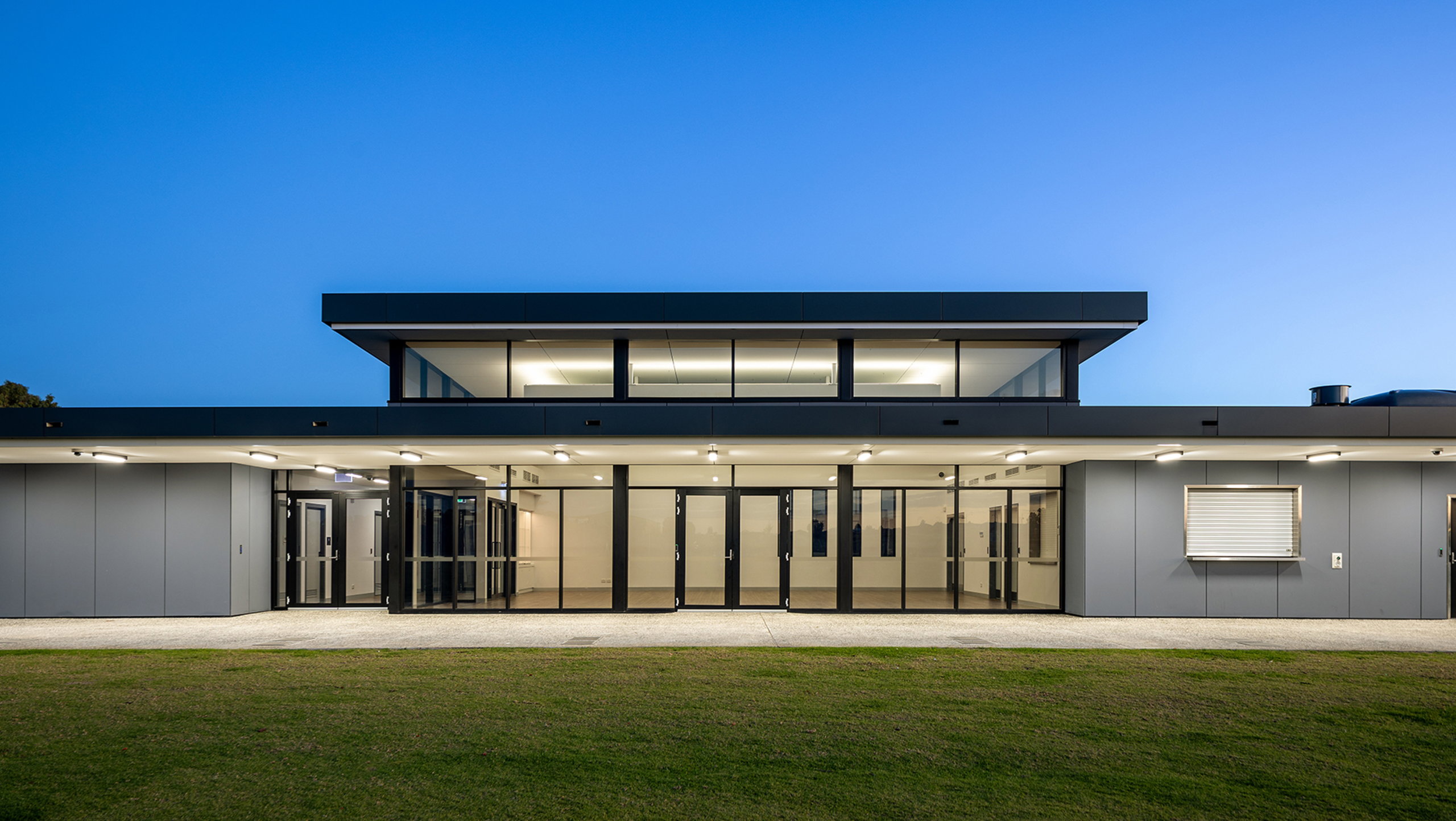
Prominent Features
This modern, purpose-built facility for the City of Kwinana comprises a central building featuring function rooms, a fully equipped commercial kitchen, dedicated club storage areas, and separate change rooms with home and away amenities, including showers. Additional features include public restroom and 166 on-site parking bays. Architecturally, the exterior presents a sophisticated palette of finishes. Natural grey tilt-up concrete panels paired with 9mm Exotec façade cladding and express joints along the North and East elevations. The Versilux soffit lining, also detailed with express joints, is complemented by Mondoclad composite aluminium fascia elements and stainless-steel downpipes, This emphasizes clean, modern lines with contrasting textures. The North façade incorporates high-performance pyrolytic Low-E glazing, to optimize natural light while delivering enhanced thermal and acoustic performance.


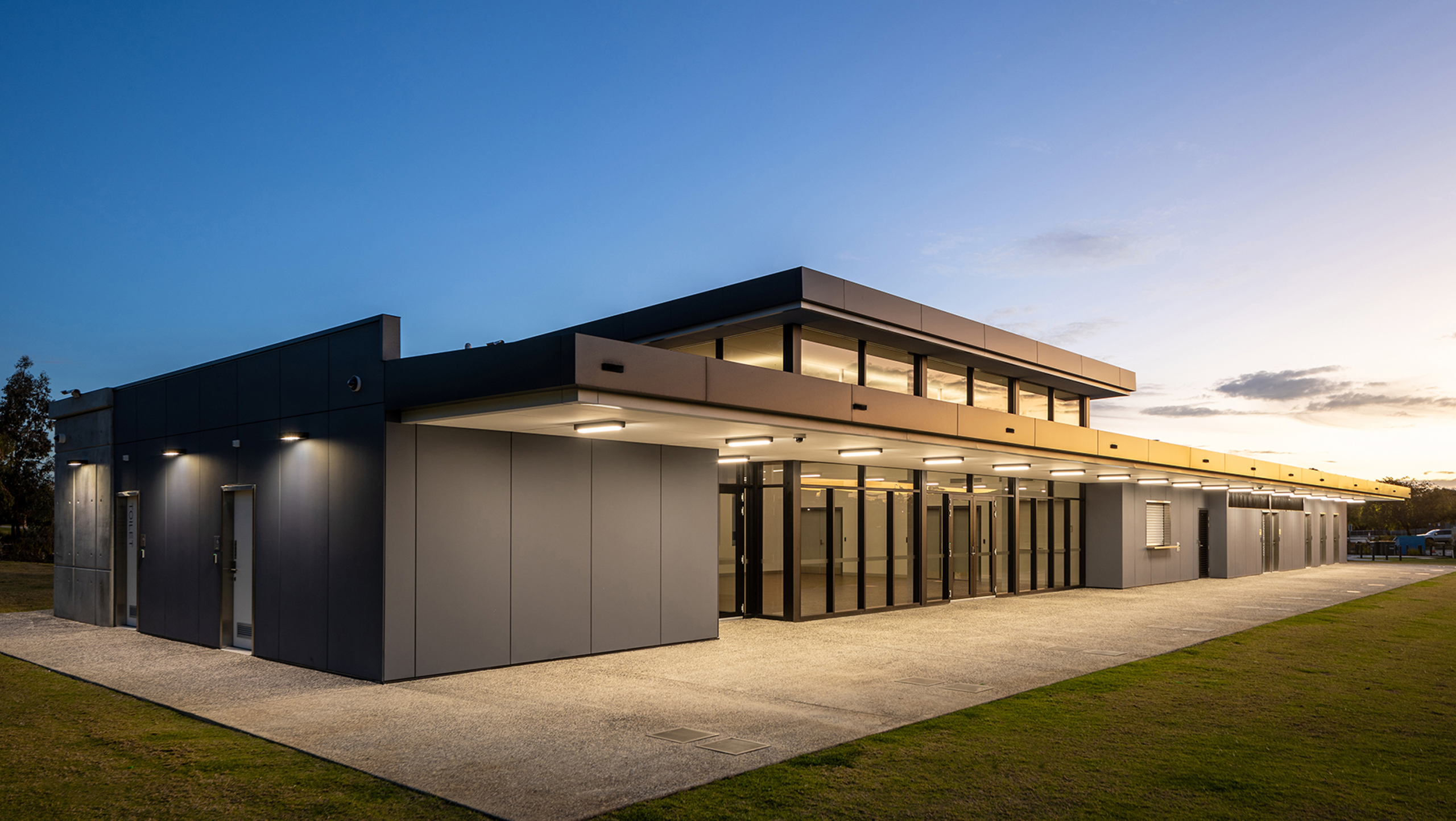
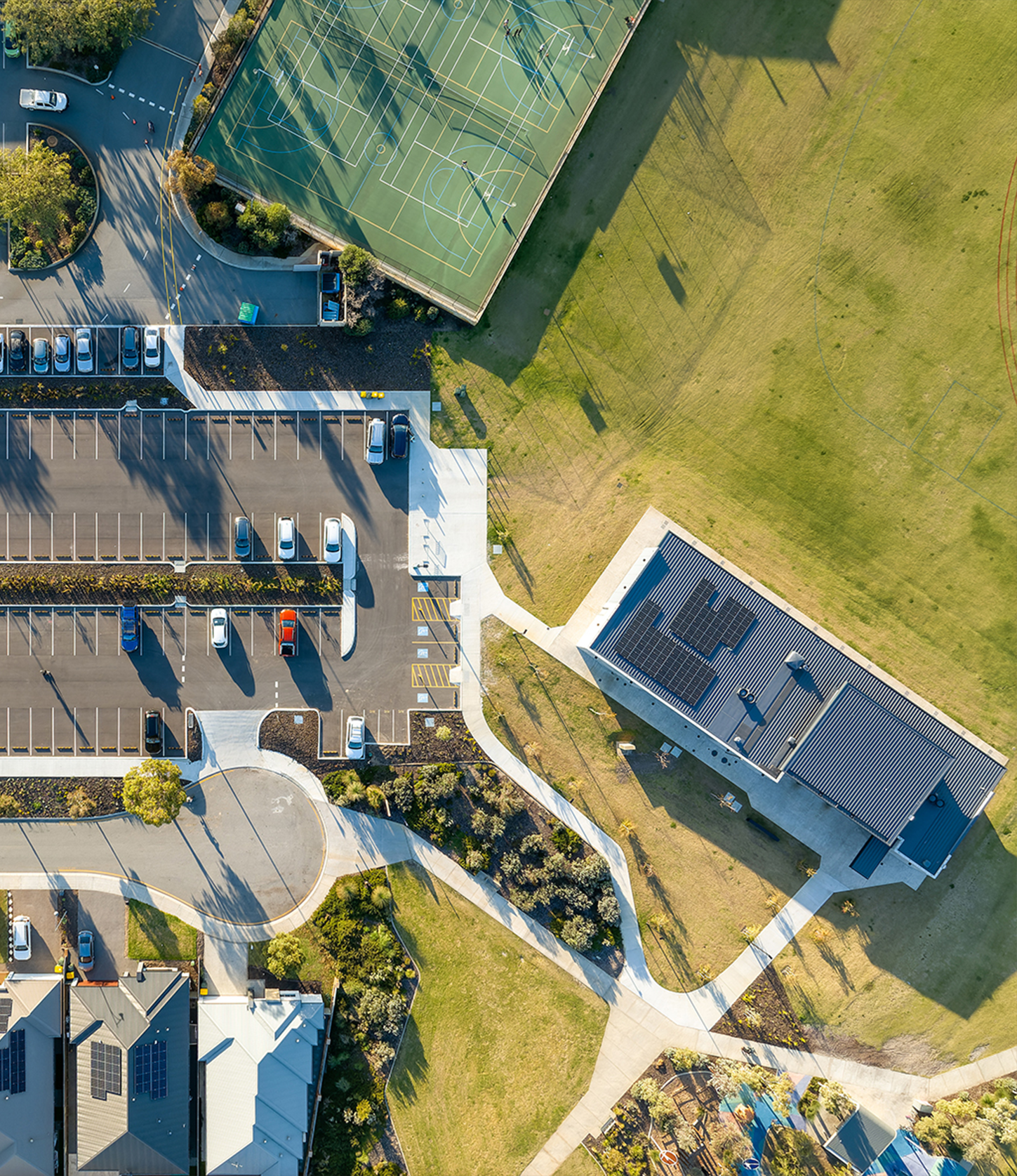
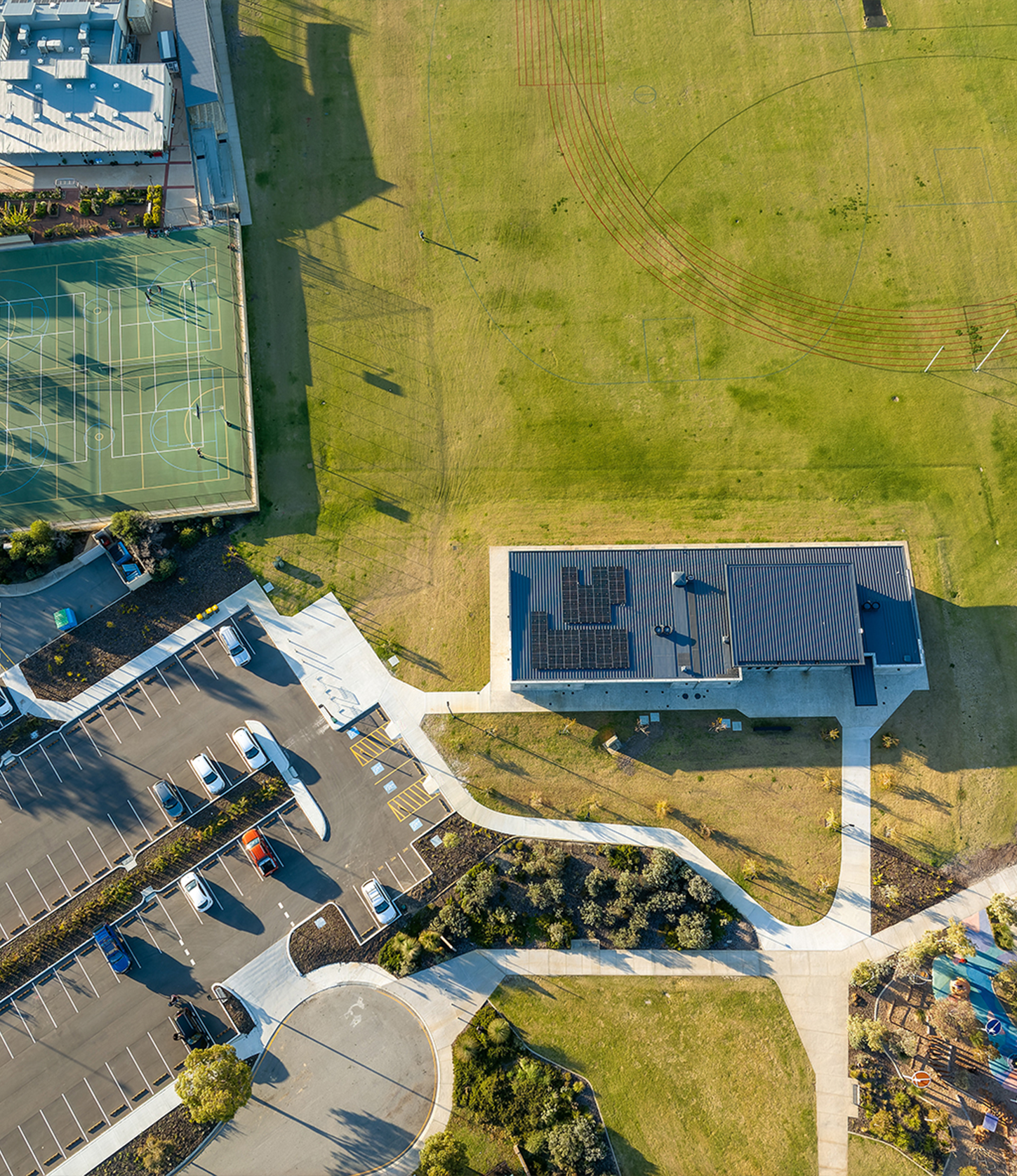
Prominent Features
The global COVID-19 pandemic significantly impacted the construction industry, triggering extensive delays and compounding shortages in both labour and materials. These disruptions stemmed from a combination of factors, including: · Supply Chain Interruptions: International shipping delays, factory shutdowns, and reduced manufacturing capacity led to long lead times for critical materials. · State Government Regulations: Lockdowns, site access restrictions, and evolving health mandates affected project timelines and workforce availability. · Labour Shortages: Quarantine requirements, illness, and border closures reduced the availability of skilled trades and subcontractors. · Global Market Volatility: Fluctuations in demand, pricing instability, and geopolitical uncertainty further strained procurement and planning efforts. These challenges forced many contractors to quickly revise schedules, sourcing alternative materials, and implementing new health and safety protocols to maintain progress. The ripple effects are still felt across the industry, with lessons learned shaping more resilient and flexible project delivery models moving forward.
